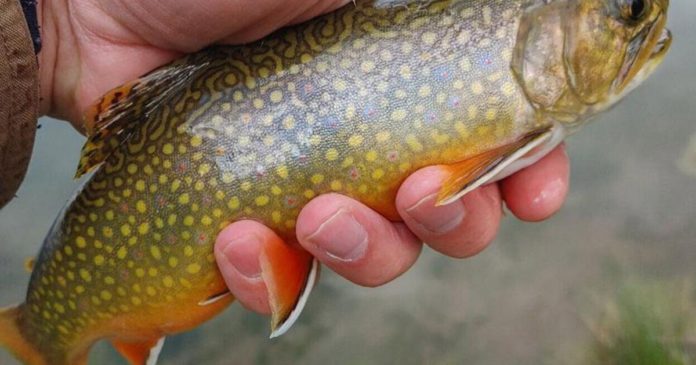One of the greatest rewards in angling is the ability to tie a fly and catch a fish on that very same fly. To create an imitation of a small insect that looks and acts so real when drifting in a current, that a trout that calls that water home and feeds on large quantities of real bugs throughout each day is completely fooled.
For many, this brings the fly-fishing experience to a high level. To others, it can go just a bit higher. Incorporating a deer hunt or a pheasant hunt from the previous autumn can bring fly fishing full circle as the tail feather of a pheasant or some fur from a whitetail could be utilized as the primary components of a hand-tied fly that will catch trout this spring or summer.
For those who have been tying flies and catching brooks, browns or rainbows on their favorite waters, that time of the year is almost here. But for those who want to learn about fly tying, there are some questions to sort out. When is a good time to learn to tie? What equipment do I need? Where can I learn?
There are many resources, but don’t overlook the Pennsylvania Fish & Boat Commission, which provides a variety of different educational programs including some detailed programs on fly fishing and fly tying.
“The Pennsylvania Fish and Boat Commission offers a variety of educational programs to people from all across our area throughout the year,” said Allan Schreffler, NE region education specialist for the Pennsylvania Fish & Boat Commission. “There is a growing interest in fly fishing as people of all ages and experience levels are signing up for our programs very quickly that focus on fly fishing and fly tying.”
Schreffler is currently instructing a virtual fly-tying course for beginners and for those looking to brush up on their skills. He said the course filled up very quickly and believes that in the not too far distant future, many of the educational programs being held will be similar to how they were before the pandemic.
Schreffler said programs are often broken down into different sections and each section is built from gained knowledge from the section before. The initial section focuses on a basic understanding of the three main macroinvertebrates that are most commonly found and imitated in our area — the mayfly, the stone fly and the caddis fly. Fly design is examined along with even a slide showing a side-by-side view of a tied fly and the real fly.
The second section of the program focuses on some basic tools such as the vise, a bobbin, scissors, pliers and a hair stacker. The program also looks at materials that are most common such as dubbing, feathers, fur and threads. This part of the program looks at the different hooks and which are best for different flies and gets you to the point where you are ready to begin.
Schreffler said third section of the program is where the tying really begins. He said this section is very thorough and slow so everyone in the program can grasp how to start to tie some basic flies and develop technique. Here you will learn about placing the hook in the vice, applying thread and thread tension, how to attach a tail, create a body and a head, apply dubbing and ribbing with portion control and a whip finish. Expect to tie some basic nymphs and drys in this section.
“We don’t want to focus on the finished product, we want you to focus on all of the little things you need to do to get there,” Schreffler said. “Once you understand the basic technique for applying the materials, you will be able to look at most flies and understand the order.”
The final section really takes what was already learned and makes it a foundation. Expect to tie a nymph such as a Walt’s worm, dry flies such as comparaduns and parachute adams patterns, and even a streamer such as a wooly bugger.
Credit: Source link































